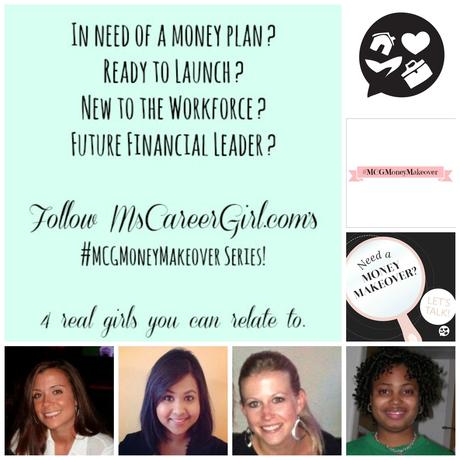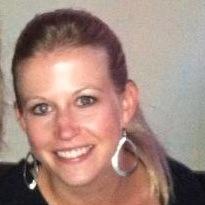 Sometimes in life, our biggest problems aren’t figuring out what to do to reach a goal, but rather having a goal in the first place – or having a goal that is too vague. For example, let’s say you want to be financially stable. Okay, great! But what does that mean exactly? What do you need to accomplish in order to feel financially stable? Pay off debt? Build an emergency fund? Save for retirement? These three things are all very different goals which require different action steps. See how things can get confusing, fast?
Sometimes in life, our biggest problems aren’t figuring out what to do to reach a goal, but rather having a goal in the first place – or having a goal that is too vague. For example, let’s say you want to be financially stable. Okay, great! But what does that mean exactly? What do you need to accomplish in order to feel financially stable? Pay off debt? Build an emergency fund? Save for retirement? These three things are all very different goals which require different action steps. See how things can get confusing, fast?
Identifying Areas for Improvement
This is exactly what happened when I spoke to our first Money Makeover participant, Kayla. Our first conversation was just an introduction, and she told me that she doesn’t have debt, but she also doesn’t really know what to do about her money situation. She’d recently started a job that pays her quite a bit more than her previous job – but she doesn’t have a plan. What’s worse, she feels a lot of anxiety over not having a money plan and especially over unplanned purchases. In terms of identifying areas to improve, this was a great start!
Starting the Budget
Then Kayla and I spoke again and got down to the nitty gritty – in other words, the numbers. After adding all her expenses and subtracting them from her income each month, it turned out that Kayla is doing quite well. In fact, she’s rocking her finances! Kayla’s rent isn’t too high for her income, she’s contributing to her retirement through work, she has no debt, and she’s putting a substantial amount of money away for savings. Not bad!
The Gray Area
So how is it that Kayla felt like she wasn’t in control of her finances? Why do unplanned purchases cause her anxiety? She knew that she was doing well, but without a plan, she also lacked the feeling of control. It’s not enough to just have money leftover after bills. You need to assign a job to that money. So that’s what we did.
The Plan
One way to relieve anxiety due to unplanned purchases is to create an emergency fund. By having money allocated specifically for this reason, it’s easy to take an unplanned purchase in stride. After looking at Kayla’s overall savings, it was clear that she already has enough saved for an emergency fund. Since that was covered, all she needed was to start allocating money to a general savings account – an account which is not to be touched.
One way to make sure you don’t back down on your savings goals is to pay your savings account first. Kayla and I did her budget and accounted for all of her expenses, plus a little bit extra for fun. Everything left over should go to savings each month. Now that she knows that number she can pay her savings account that amount first, then her bills, and then have the left over amount for fun.

In summary, here are Kayla’s action steps:
1) Open a new savings account and transfer 5% of her current savings account to this account
2) Declare the original savings account to be her emergency fund and the second her actual savings account
3) Pay her savings first
In Need of a Goal
Now that all that’s figured out, there’s just one more thing to do – determine an ultimate goal. While there’s no question that she has what it takes to achieve financial stability – her lack of debt, solid emergency fund, and plan for savings puts her straight on that path – that goal in and of itself might not be enough. We all need something to shoot for – a light at the end of the tunnel – in order to stay focused, positive, and motivated in maintaining a financial plan. That’s the only thing that Kayla is missing.
She and I spoke briefly about what the light at the end of her tunnel could be. Some ideas we mentioned were: buying a home, traveling more, or a certain focus on her career. These are just a few things that are on her mind but, at only 25, thinking so much about the future can be a little scary! Kayla is already mature beyond her years but is in a transitional period. She started a job a half a year ago that she loves, she moved into a new apartment by herself for the first time in many years, and she’s thinking of traveling and writing more in her free time. But what to focus on?
Stay tuned! This series is a journey, and no answers can be found overnight. Kayla and I started turning the wheel, and we’ll continue to brainstorm and alter the plan as a clearer goal comes to fruition. By the end of this three months, Kayla could be well on her way to her dreams – financial and otherwise!

